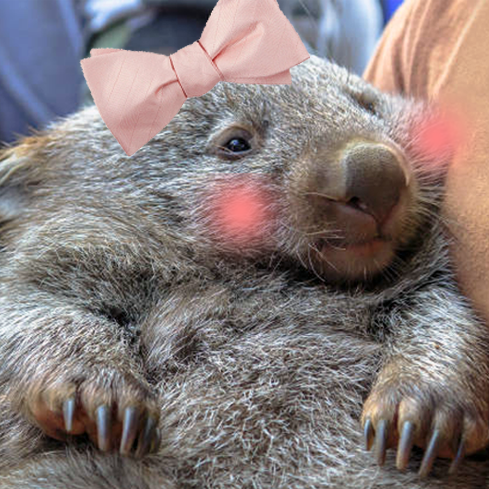- cross-posted to:
- canada@lemmy.ca
- news@lemmy.world
- cross-posted to:
- canada@lemmy.ca
- news@lemmy.world
Facing oil spills, evacuations and illness — nations downstream of the oil sands grieve their way of life, as the corporations polluting their water get richer
The rush of the wind and sprays of water add to the thrill as Jason Castor guides his riverboat through a stretch of Lake Athabasca near Fort Chipewyan, in Treaty 8 territories. If he slows down, his boat could get stuck in the mud or even flip over because the water levels in this spot are remarkably low. He steers around buoys, dodges logs and other debris while accelerating to the mouth of the channel, which he knows should be deep enough to navigate at an average speed.
While trawling his boat further down the river, Castor points to odd-looking clusters resembling dirty foam floating by.
“There’s just a slurry of a foam that looks like oil or some kind of chemical in there,” says Castor, a 42-year-old father, construction business owner and member of the Athabasca Chipewyan First Nation (ACFN).
He’s been a traditional hunter, trapper and fisherman for nearly 20 years and has documented strange changes in the water, the land and animals.
Something’s going on in the river, he says.
“They say that it’s natural, well, I know that that’s not natural because I’ve been on the river my whole life,” he explains as he points to brown and white foam, oil sheens and other discoloured formations floating on the river…
Nowadays, it’s risky to navigate these waterways because of industrial intakes like the W.A.C. Bennett Dam to the west in B.C.; the Alberta oil sands just up the river and impacts from climate change.
 6·1 year ago
6·1 year ago
 5·1 year ago
5·1 year ago


